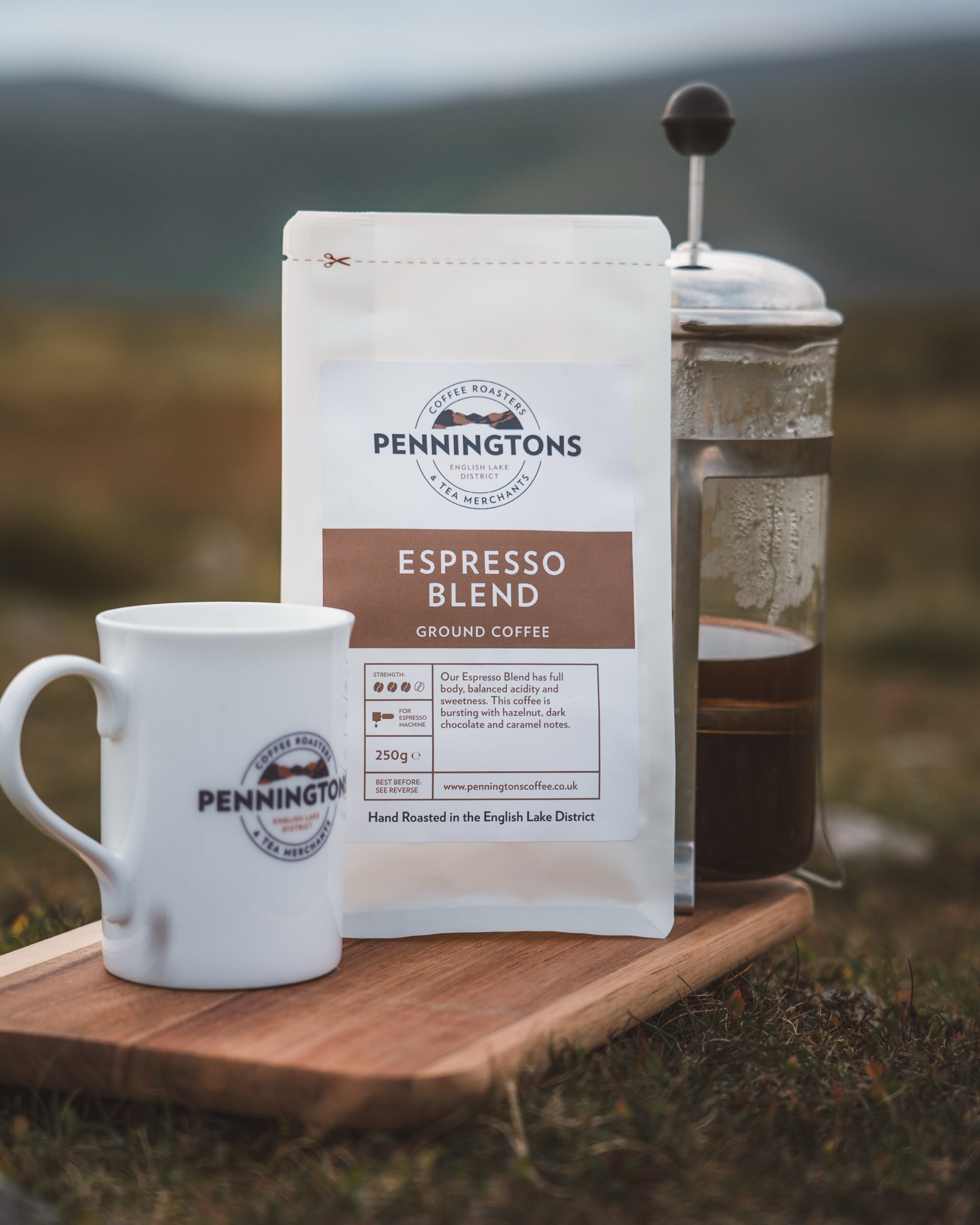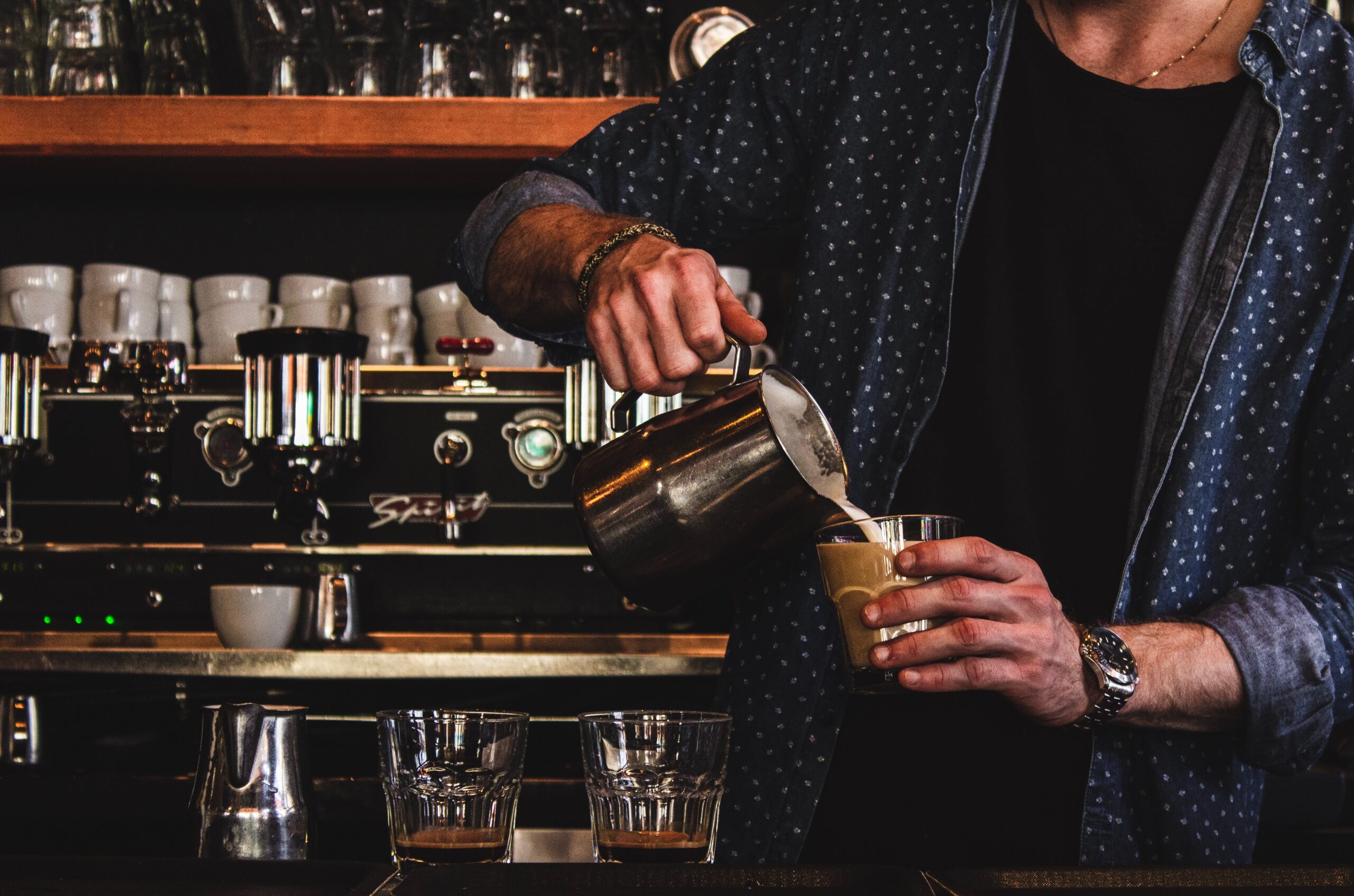
Calories in Coffee: Does Coffee Break Your Fast?
Wondering if coffee breaks your fast? Learn how many calories are in coffee, which types are fasting-friendly, and how to

Italians are notoriously passionate about their food and drink heritage and their deep-rooted history with coffee is no different. Coffee is more than just a beverage in Italy, it is an intrinsic way of life with most Italians enjoying this aromatic drink several times throughout the day.
From an early morning wakeup call in a bustling Italian coffee shop to a tasty after-dinner treat, coffee is enjoyed at all times of the day in Italy and coffee drinking has developed some unique cultural traditions since espresso coffee beans first arrived at Italy’s ports. So, lets dive into Italy’s fascinating coffee culture, types of coffee in Italy and explore the beverage’s historic roots in this part of the world.
Coffee beans were first cultivated in Ethiopia and later introduced to Europe by the Ottoman Empire through trading ports in Venice in the 16th century. The Serenissima Republic of Venice, in fact, was one of the first European states to import coffee beans. Drinking coffee provided new social opportunities for Italian citizens in the form of Italian coffee houses and Italian cafes that are better known today as Italian bars. Italian coffee shops and artisan coffee roasters started to open in the cities, and they soon became popular social meeting spaces for local intelligentsia and later people of every social class, until Venice alone had over 200 coffee places in 1763.
It wasn’t until 1901, however, that the classic espresso was invented by Milanese engineer Luigi Bezzera. This method of preparing coffee was named as such because it could be made much quicker than other popular brewing processes. The Italian espresso process involves forcing pressurised water through a small puck of ground Italian coffee beans to produce a concentrated, aromatic drink. The iconic Italian espresso is the foundation of many types of coffee and is most well-known beverage associated with Italy. Unlike complex and high-sugar types of coffee, the Italian espresso keeps things simple and is loved around the world for its unmistakeably bold flavour.
The authentic Italian coffee house has come to be a staple of Italian culture. The tradition of Italian coffee houses originated in the Ottoman Empire, and it provided exciting new social opportunities for Italian citizens. Today, most Italians enjoy a cup of the best espresso coffee standing up in their local café or bar. This is typically because Italian cafes and bars will charge more for a table if you wish to drink your coffee sitting down. Amidst the bustling, fast-paced atmosphere of the Italian bar, you will be greeted by a variety of carefully crafted ground espresso drinks including the standard caffè normale, cappuccinos, caffè lattes and caffè macchiatos, to name a few.
In 1933, Alfonso Bialetti invented the Moka pot. Today the Moka pot is a popular household item in Italy and Moka coffee provides a convenient alternative to drinking coffee in a bar. Bialetti Moka pots allow people to create delicious, quality espresso at home on their stovetops without the need for specialist equipment like such as espresso machines found in Italian coffee houses. Essentially Moka pots are an aluminium stove top kettle that is designed to force pressurised water upwards through the ground Italian roast coffee, to make a strong steaming cup of Italian espresso. To make the best Italian coffee and Moka coffee, stovetop Moka pots work best with a find ground coffee.
Penningtons’ coffee beans are perfect for all espresso makers and are available in a range of different grind sizes including whole beans, espresso grind, cafetiere grind, filter grind and stove top grind.
For most Italians, espresso simply means coffee. Despite confusion around its definition, espresso is a method of preparation in which highly pressurised water is passed through freshly ground coffee, creating a rich and concentrated coffee. This small but mighty shot is the foundation of many types of coffee drinks and there are slight variations to bear in mind when it comes to ordering a cup of this caffeinated beverage. So, if you are a coffee-lover and are planning on visiting Italy or are just interested in Italian coffee culture, it’s time to brush up on some different delectable Italian coffees.
A simple caffè or Italian espresso is undisputedly the most famous of all the Italian coffees. A caffè, caffè solo or caffè normale is simply one shot of concentrated black coffee made from quality Italian espresso coffee beans and a caffè doppio consists of a double shot of espresso. This authentic Italian coffee is served in a tiny cup and is enjoyed periodically at all times of the day.
In Italy, the cappuccino is generally consumed as the first coffee of the day alongside a sweet pastry. This classic Italian espresso drink consists of one shot of espresso and equal parts steamed milk and milk foam. Italians traditionally wouldn’t drink a cappuccino or any milky espresso drink after 11am as it is believed to disrupt digestion, but as with any culture, things evolve with time, and you wouldn’t be judged for drinking a cappuccino later in the day.
A caffè latte is another Italian espresso drink that is preferred in the morning alongside a delicious pastry. If you order just a ‘latte’ in Italy, you might be surprised with a glass of milk as ‘latte’ simply translates to milk in Italian. Instead, what we know as a latte in the UK is called a caffè latte in Italy. This drink consists of a single espresso shot and is prepared with plenty of steamed milk and foam.
A macchiato is an espresso shot that is served with a tiny drop of steamed milk and comes in the same cup that a caffè normale or caffè doppio would. Macchiato in Italian means spotted or stained in English and is named as such because it is just an espresso with a spot or touch of milk. Because this type of Italian coffee isn’t as milky and frothy as a cappuccino, Italians consider it perfectly acceptable to enjoy this caffeinated drink at any time of the day.
Although not traditionally Italian, caffè americano can be found almost everywhere in Italy. A typical Italian caffè americano is made up of two components: strong Italian espresso served in a large cup and a small jug of hot water for you to top up the espresso. Essentially, you can make your caffè americano as weak or strong as you like dependent on your preference. If you wish to add milk, you can ask for a small glass of latte (milk) on the side.
Caffè lungo is a single shot of Italian espresso that is prepared with more water. The word lungo is Italian for “long” and is pulled with double the amount of water used to pull a standard Italian espresso shot. Because of the extra water, it can take up to a minute to pull. Your caffè lungo can be made to how you like it depending on how strong you like your caffè.
In Italy, the caffè corretto is typically enjoyed after a meal or in the evening. A caffè corretto is a single shot of Italian espresso with a shot of liquor added to it. Traditionally, the Italians liquor of choice would be grappa or sambuca, however this depends on the region of Italy you are in.
Caffè affogato is a delicious coffee and dessert hybrid. A caffè affogato is traditionally prepared by adding a scoop of vanilla ice cream to a glass and pouring a shot of Italian espresso on top. While generally considered a dessert and traditionally eaten with a spoon, some cafes in Italy still categorise the affogato as a drink.
If you’re not planning a trip to Italy anytime soon, experience the full-bodied flavour of our iconic Italian espresso beans from home.
Discover Penningtons’ delicious range of full-bodied coffee beans and coffee blends today.

Wondering if coffee breaks your fast? Learn how many calories are in coffee, which types are fasting-friendly, and how to

In recent years, Peruvian coffee has quietly risen to become one of the most respected and exciting origins in the